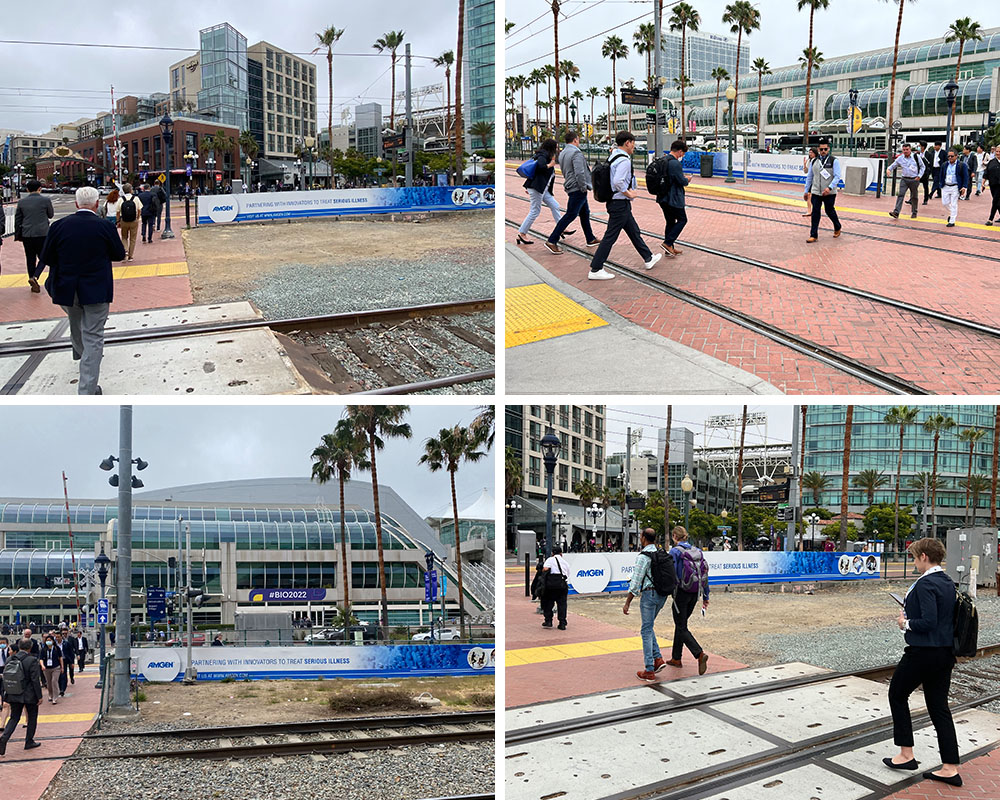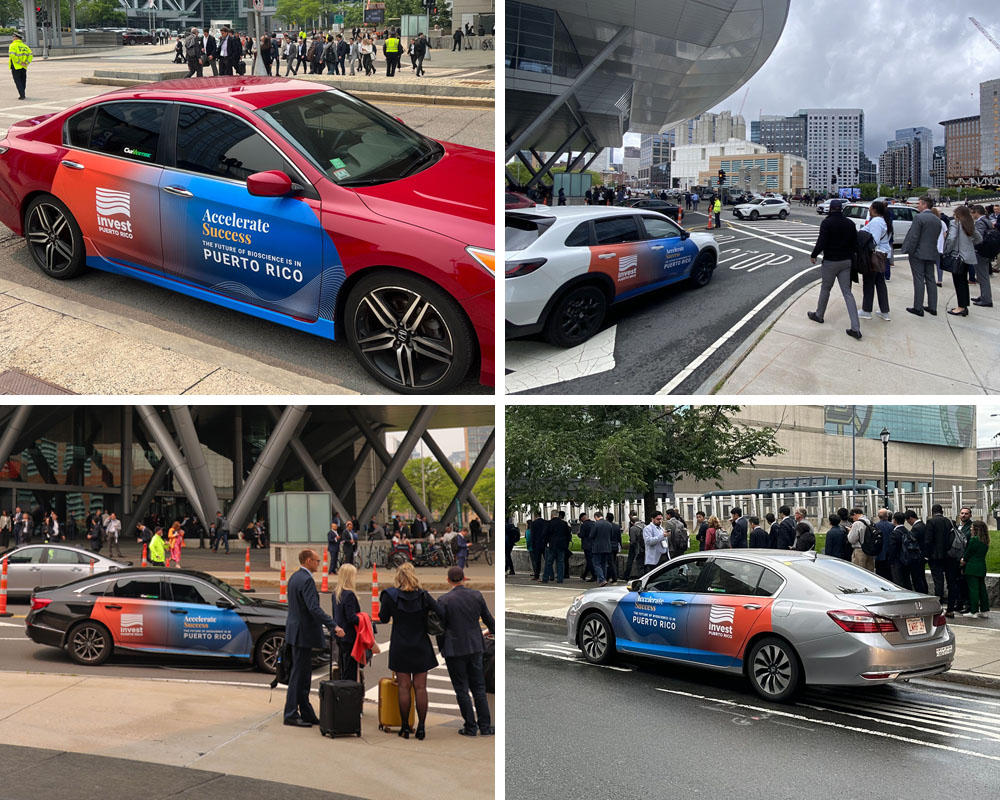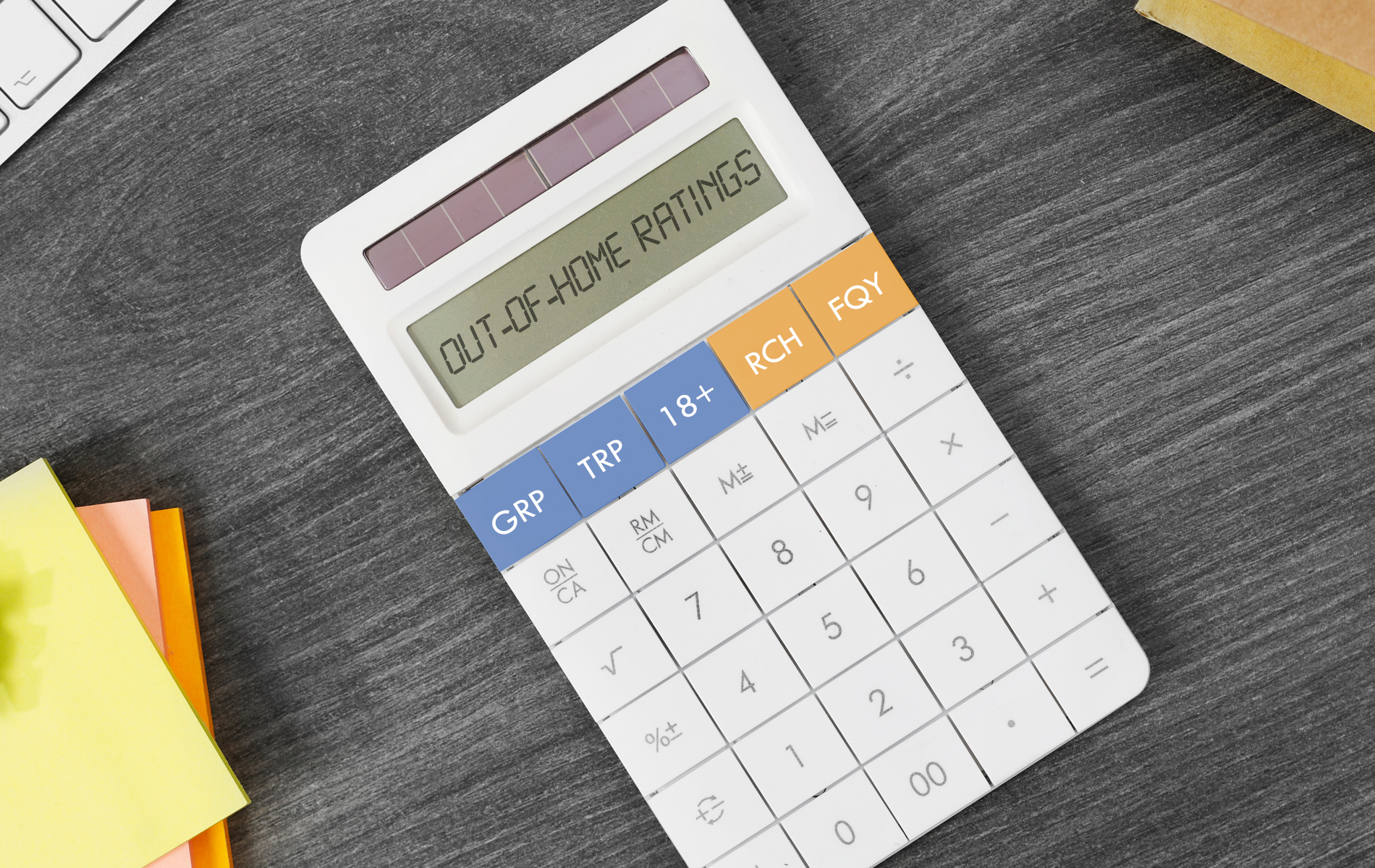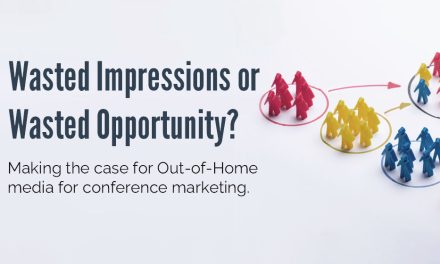A question regarding trade show media came up in a meeting with a client recently. Given the extremely short time frame and statistically small audience involved, how do you measure impressions for a campaign like that? The answer?
Genchi Genbutsu. Go and See.
The phrase is familiar to many and came out of the Toyota Production System that revolutionized both modern production and modern management techniques. The literal translation is “actual place, actual thing.”
It refers to the guiding principle that problems can be solved faster and more efficiently by seeing the actual conditions that are causing the problem. Why is that part out of stock? Why is that machine not working? Why does this process create a bottleneck? The phrase is often anglicized to “getcha boots on” which echoes both the sound and the sentiment.
Usually, when people talk about this concept, they refer to it as a way to solve problems. Do you need to fix something? Well, get off your butt and go see what’s going on – don’t rely on second-hand information. But when it comes to Conference Marketing and trade show media, we apply this principle differently.
Understanding the Conference Attendee Landscape – The “Genchi”:
EMC has a long tradition of using Out of Home media to help clients drive booth traffic at conferences and trade shows. These events are critical marketing and business development opportunities for the exhibitors. They can launch products, collect new business leads, conduct demonstrations, and connect with senior decision-makers with buying authority. All things that directly affect their bottom line.
Getting attendees to their booth is critical to achieving these goals. The exhibitors know the value of reaching these event attendees. That’s why they spend large amounts of money for exhibit space, a flashy booth, the most inventive swag, and the best team they can drop in.
So what does all this have to do with automotive manufacturing principles?
The core of Genchi Genbutsu is “actual place, actual thing.” It means going to the place and observing what is happening with your own eyes. We can achieve the highest level of understanding through direct observation.
Going to the “actual place” has always been and continues to be a core part of our approach to using Out of Home media to reach event attendees. It’s imperative that we “go and see,” observe the flow and behavior of attendees in the environment, and see where they go and what they do. Only from this direct observation can we determine what trade show media will effectively reach the target. Want to see what the attendees see?
Getcha boots on. Go and See.

Discovering the True Value – The “Genbutsu” of Trade Show Media:
So, returning to the client’s original question – how do you measure impressions?
Truth is – we don’t. (I pause for your collective gasp) When building a plan to target conference or trade show attendees using traditional methods of impression measurement, don’t tell the whole story. What we care about is highly focused media in areas where we know the attendees will be. Trade shows and conferences offer a high concentration of high-value targets.
Now, a key part of the Toyota Production system is eliminating waste. Are there going to be “wasted” impressions? Yes, of course. Does it matter? No, in this case, it does not. (Another pause for the media planners to recover from their collective astonishment) It’s true that most people moving through the market don’t care about the newest orthopedic device or the latest immunotherapy (until they need it, of course).
But the attendees do.
Those attendees spend the other 365 days of the year spread across the country (or the world). So how do you put value on the opportunity to reach that audience in one place and at one time? Even if they were only in the top 20 markets, you’d be looking at a 20x media spend to reach them. So, while there may be wasted impressions at the surface level, when we look at the big picture we are eliminating huge amounts of waste that would be generated trying to reach this audience spread out around the country.
How much more effective is this media? We can reasonably infer that the media is working much harder than it does when used to reach a “normal” audience. Is trade show media 20x as valuable? 50x as valuable? It’s hard to put a number to it but by any standard… it’s a big number.
When you stand on the street corner every morning and watch the attendees heading into a convention center, when you watch the traffic slowly start to pick up, reach peak crowds and then dwindle again, you know that pretty much everyone has gone in.
And the whole time you’ve watched them all passing by this wallscape, that group of transit shelters, or the taxi lane where the branded rideshares are queueing up, you know you’ve reached a large portion of that audience. Watch that happen over several days, and the effect is magnified. The “actual thing” is doing its job.
How do we know? Direct observation. Getcha boots on. Go and See.

30+ Years With Our Boots On:
Over 30-plus years and tens of thousands of hours in market we have worn out many pairs of boots. We have watched the conference landscape and the effective trade show media in every city change over time.
We’ve watched new buildings being built and old ones being torn down. We’ve watched trees grow and change site lines. We’ve watched new media be implemented (some of it we helped create). We’ve watched traffic patterns change, and popular attendee restaurants come and go. We’ve watched new wings put on old convention centers and even new convention centers built.
Through all that, we have been at the epicenter of the attendee experience, at the “actual place” watching the “actual thing”. We’ve been observing attendees for over 30 years and know where they go. We can tell their story in a way that raw data simply can’t.
This is a timely topic as the marketing world becomes a collective tizzy over AI. Will AI bring enormous changes? Probably. Will they be what we expect? Probably not. But even the most advanced algorithms and data modeling cannot (currently) replace direct observation in a dynamic and fluctuating environment.
Look, we’re not Luddites; technology will advance and probably reach a point where it can reliably predict atypical patterns at that granular of a level. And when it does, we’ll be right there in the middle of it… with our boots on.
Ready to get a firsthand look at the potential for your trade show marketing? Let’s ‘Go and See.’ together. With our experience and your vision, we can transform how you approach trade shows. Don’t just rely on second-hand information, trust in a source that has been there. Contact us today!


![OOH 101: A Comprehensive Introduction to Out of Home Media [Ebook]](https://www.emcoutdoor.com/blog/wp-content/uploads/2019/11/header_WIP2.jpg)


